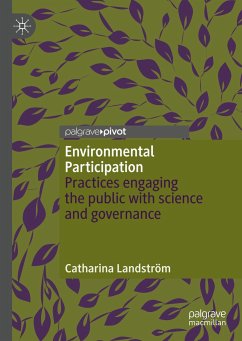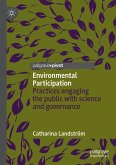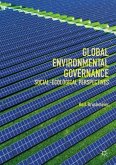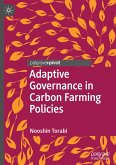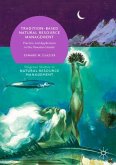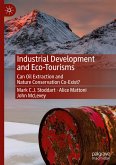This book introduces environmental participation as a distinct field comprising diverse practices. It presents examples of public participation specifically in environmental science, decision making and expertise.
The first chapter introduces the science studies perspective and the key concepts that underpin the argument for approaching such a range of practices as a coherent field. The following three chapters explore a wide range of practical examples of how the public can participate in all three domains. Drawing on her experience with a variety of transdisciplinary projects Landström discusses topics including the coproduction of knowledge about flooding, community involvement with radioactive waste disposal and collaborative water quality modelling. She then goes on to cover citizen science and social movement expertise as environmental participation practices. The concluding chapter reflects on the challenges as well as future opportunities of environmental participation.
This book is aimed at readers from a variety of academic and non-academic backgrounds and will be a great interest to social and natural scientists, students and practitioners.
The first chapter introduces the science studies perspective and the key concepts that underpin the argument for approaching such a range of practices as a coherent field. The following three chapters explore a wide range of practical examples of how the public can participate in all three domains. Drawing on her experience with a variety of transdisciplinary projects Landström discusses topics including the coproduction of knowledge about flooding, community involvement with radioactive waste disposal and collaborative water quality modelling. She then goes on to cover citizen science and social movement expertise as environmental participation practices. The concluding chapter reflects on the challenges as well as future opportunities of environmental participation.
This book is aimed at readers from a variety of academic and non-academic backgrounds and will be a great interest to social and natural scientists, students and practitioners.

